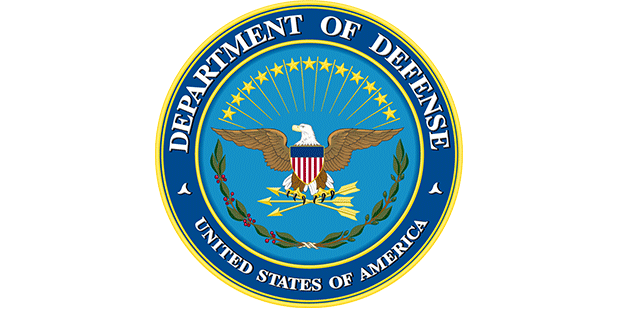Join us for a free one-day workshop for educators at the Japanese American National Museum, hosted by the USC U.S.-China Institute and the National Consortium for Teaching about Asia. This workshop will include a guided tour of the beloved exhibition Common Ground: The Heart of Community, slated to close permanently in January 2025. Following the tour, learn strategies for engaging students in the primary source artifacts, images, and documents found in JANM’s vast collection and discover classroom-ready resources to support teaching and learning about the Japanese American experience.
U.S. Dept. of Defense, Military and Security Developments Involving the People’s Republic of China 2019

USCI Military Affairs video presentations and other resources are available here. Other U.S. Department of Defense reports on China's military:
2021 | 2020 | 2019 | 2018 | 2017 | 2016 | 2015 | 2014 | 2013 | 2012 | 2011 | 2010 | 2009 | 2008 | 2007 | 2006 | 2005 | 2004 | 2003 | 2002
The full report is available at the link below.
WHAT IS CHINA’S STRATEGY?
China’s leaders have benefited from what they view as a “period of strategic opportunity” during the initial two decades of the 21st century to develop domestically and expand China’s “comprehensive national power.” Over the coming decades, they are focused on realizing a powerful and prosperous China that is equipped with a “world-class” military, securing China’s status as a great power with the aim of emerging as the preeminent power in the Indo-Pacific region.
In 2018, China continued harnessing an array of economic, foreign policy, and security tools to realize this vision. Ongoing state-led efforts, which China implements both at home and abroad and which often feature economic and diplomatic initiatives, also support China’s security and military objectives:
> China continues to implement long-term state-directed planning, such as “Made in China 2025” and other industrial development plans, which stress the need to replace imported technology with domestically produced technology. These plans present an economic challenge to nations that export high-tech products. These plans also directly support military modernization goals by stressing proprietary mastery of advanced dual-use technologies.
> China’s leaders seek to align civil and defense technology development to achieve greater efficiency, innovation, and growth. In recent years, China’s leaders elevated this initiative, known as Civil-Military Integration (CMI), to a national strategy that incentivizes the civilian sector to enter the defense market. The national CMI strategy focuses on hardware modernization, education, personnel, investment, infrastructure, and logistics.
> China’s leaders are leveraging China’s growing economic, diplomatic, and military clout to establish regional preeminence and expand the country’s international influence. China’s advancement of projects such as the “One Belt, One Road” Initiative (OBOR) will probably drive military overseas basing through a perceived need to provide security for OBOR projects.
> China conducts influence operations against media, cultural, business, academic, and policy communities of the United States, other countries, and international institutions to achieve outcomes favorable to its security and military strategy objectives. The Chinese Communist Party (CCP) seeks to condition foreign and multilateral political establishments and public opinion to accept China’s narrative surrounding its priorities like OBOR and South China Sea territorial and maritime claims.
Featured Articles
Please join us for the Grad Mixer! Hosted by USC Annenberg Office of International Affairs, Enjoy food, drink and conversation with fellow students across USC Annenberg. Graduate students from any field are welcome to join, so it is a great opportunity to meet fellow students with IR/foreign policy-related research topics and interests.
RSVP link: https://forms.gle/1zer188RE9dCS6Ho6
Events
Hosted by USC Annenberg Office of International Affairs, enjoy food, drink and conversation with fellow international students.
Join us for an in-person conversation on Thursday, November 7th at 4pm with author David M. Lampton as he discusses his new book, Living U.S.-China Relations: From Cold War to Cold War. The book examines the history of U.S.-China relations across eight U.S. presidential administrations.




